Shared Ownership Mortgages: Everything You Need to Know to Make an Informed Decision
Shared ownership mortgages are a type of home ownership scheme that can offer a more accessible route onto the property ladder. With shared ownership, you purchase a share of a property and pay rent on the remaining share owned by a housing association. As you become more financially stable, you can purchase a larger share in the property until you own it outright.
As professional mortgage advisers, we know that buying a property can be a daunting and challenging experience, particularly for first-time buyers. That’s why we’re here to help you navigate the world of mortgages and find the right solution for your individual circumstances.
One of the main benefits of shared ownership mortgages is that they require a lower deposit compared to other types of mortgages. This can be particularly helpful for those who may not have a large deposit saved up. Additionally, shared ownership mortgages offer the opportunity to get on the property ladder sooner, rather than having to save for years to afford a property outright.
It’s important to note that shared ownership mortgages are a niche product and not offered by all lenders. That’s why it’s crucial to seek advice from a mortgage adviser who understands shared ownership mortgages and can help you find the right lender and product for your needs. So, if you’re interested in shared ownership mortgages, keep reading our blog to learn more!
What are shared ownership mortgages?
Shared ownership is a type of mortgage that allows borrowers to purchase a percentage of a property, typically between 25% and 75%, with the remaining share owned by a housing association or developer. In addition to the mortgage payment, the borrower pays rent on the share of the property they don’t own.
To be eligible for shared ownership, borrowers must meet certain requirements, including income and credit score requirements, and restrictions on the type of property that can be purchased. For example, shared ownership may only be available for new-build properties or those in certain areas.
There are two main types of shared ownership available: resale and new-build properties. Resale properties are properties sold by an existing shared owner. In contrast, new-build properties are typically developed by a housing association or developer specifically for shared ownership. Each type of shared ownership has its own unique benefits and challenges, and it’s essential to consider both options carefully when deciding which one is right for you.

The benefits of shared ownership
As a mortgage adviser, I often recommend shared ownership mortgages to clients looking to get on the property ladder. One of the biggest benefits of this type of mortgage is the lower deposit requirement, which can make buying a home more accessible for first-time buyers and those with limited savings.
Another advantage of shared ownership is the ability to increase ownership percentage over time, which means borrowers can gradually buy a larger share of their home. This can be particularly helpful for those who may not afford to buy a property outright, but still want to start building equity.
In addition, shared ownership can offer the potential for equity growth, which can be an attractive investment opportunity for buyers. And with some shared ownership properties, there may also be the option to buy the remaining share of the property in the future.
Overall, shared ownership mortgages can be an excellent option for those looking for a more affordable way to get onto the property ladder and start building equity in their home.
The drawbacks of shared ownership
As with any mortgage product, shared ownership has some potential drawbacks to consider. One of the main drawbacks is the cost of rent paid on the remaining share of the property. This can sometimes make the monthly repayments higher than if you purchased the property outright. Additionally, there may be restrictions on the type of property you can purchase, such as a new-build or in a specific location.
It’s important to thoroughly understand the terms and conditions of the shared ownership agreement, as there may be restrictions on what you can and cannot do with the property. For example, there may be limits on making modifications or renting the property. It’s also important to consider the potential costs associated with increasing your ownership percentage in the future, as this can involve additional legal and valuation fees.
As with any significant financial decision, it’s crucial to weigh the potential drawbacks against the benefits to determine if shared ownership is the right option for you. A mortgage adviser can help you understand the terms and conditions of the agreement and provide guidance on whether shared ownership is the right route for your individual circumstances.
How to apply for a shared ownership mortgage
If you’re considering a shared ownership mortgage, the first step is to find a suitable property. You can search for available properties on the government’s Shared Ownership website or through a housing association.
Once you’ve found a property that you’re interested in, the next step is to get a mortgage agreement in principle. This will give you an idea of how much you can borrow, and help you determine if the property is within your budget.
It’s essential to work with a mortgage adviser who specialises in shared ownership mortgages, such as our team here at Status Mortgage Services, to ensure you’re getting the right deal. We can help you compare different lenders and find the most suitable mortgage product for your needs.
Once you’ve found a suitable lender, you’ll need to complete the application and provide the necessary documentation, such as proof of income and identity. The lender will then assess your application and let you know if you’ve been approved.
In conclusion, shared ownership mortgages can be an excellent way for first-time buyers and those on a limited budget to get on the property ladder. By purchasing a share of the property and paying rent on the remaining share, borrowers can gradually increase their ownership percentage and potentially benefit from any equity growth. However, it’s essential to understand the potential drawbacks of shared ownership, such as the cost of rent and property restrictions.
As a niche product, all lenders do not offer shared ownership mortgages, so it’s important to work with a mortgage adviser who specialises in this area to find the right option. If you’re interested in learning more about shared ownership mortgages or want to explore your options, please don’t hesitate to get in touch with our mortgage advisory firm. Our team of experts is always happy to help and provide guidance to ensure you make informed decisions about your mortgage.
YOUR HOME MAY BE REPOSSESSED IF YOU DO NOT KEEP UP REPAYMENTS ON YOUR MORTGAGE.
Approved by The Openwork Partnership on 06/03/2023
Status Mortgage Services is a trading style of Status Financial Services Limited which is an appointed representative of the Openwork Partnership, a trading style of Openwork Limited which his authorised and regulated by the Financial Conduct Authority.









